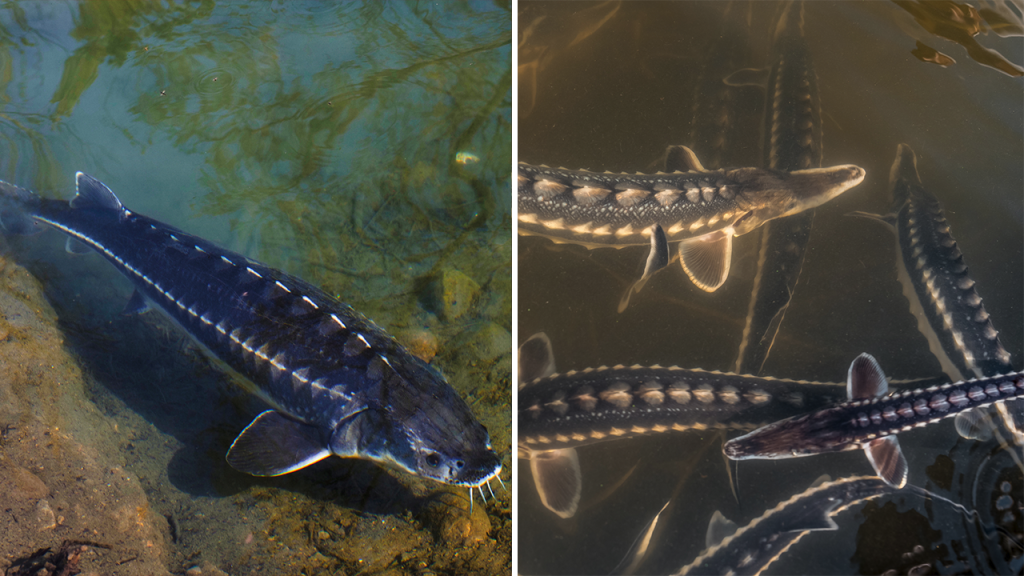Researchers at the Connecticut River Conservancy (CRC) conducted a study by sampling the waters of the Connecticut River in Massachusetts, Vermont, and New Hampshire. Using environmental DNA (eDNA), they were able to detect evidence of shortnose sturgeons in the river for the first time ever. The investigation was prompted by reports from local fisherfolk community members who had spotted the endangered fish. The presence of shortnose sturgeons was confirmed through multiple positive eDNA detections, providing scientific evidence to support the community members’ reports.
Shortnose sturgeon, characterized by their “body armor” of five rows of external, bony plates called scutes, can weigh up to 50 pounds and stretch 5 feet long. The fish are considered prehistoric as they date back to the time of dinosaurs. They are protected under the law, making it illegal to possess them. Historically, Atlantic and shortnose sturgeon supported a thriving fishery for caviar, smoked meat, and oil in the mid-1800s. However, over-exploitation, habitat degradation, and commercial fishing have led to a decline in their populations over the years.
The CRC’s collaboration with various organizations and researchers played a crucial role in the discovery of shortnose sturgeons in the Connecticut River. By utilizing shortnose sturgeon primers and probes developed by the University of Maine, as part of their diadromous species eDNA toolkit supported by the NOAA, researchers were able to track and monitor these endangered fish. The study highlights the importance of local knowledge in guiding scientific inquiry and the role of eDNA technology in monitoring and protecting endangered species.
The presence of numerous dams on the mainstem, habitat degradation, and commercial fishing have had a negative impact on shortnose sturgeon populations, as well as many other native migratory species. By working together with various organizations and researchers, the CRC aims to continue monitoring and protecting endangered species like shortnose sturgeons in the Connecticut River. This discovery underscores the importance of conservation efforts and the need to address the challenges faced by these prehistoric fish in their natural habitat.
Overall, the groundbreaking discovery of shortnose sturgeons in the Connecticut River using eDNA technology marks a significant milestone in the study and conservation of endangered species. By leveraging local knowledge, collaboration with various organizations, and innovative tools like eDNA, researchers are able to shed light on the presence and distribution of these rare fish in the river. Moving forward, it is essential to continue monitoring and protecting shortnose sturgeons and other endangered species to ensure their survival in the face of environmental challenges.


